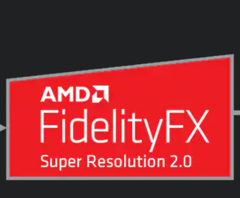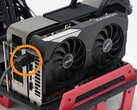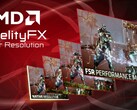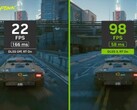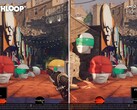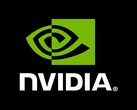Staying true to its promise of ensuring the FidelityFX Super Resolution (FSR) tech is open-source, AMD has released the source code of FSR 2.0 on GPUOpen. The source code brings with it APIs and libraries necessary to make FSR 2.0 work. AMD says that developers with DirectX 12 and Vulcan titles that already support DLSS 2.0 and higher can bake FSR 2.0 in their games in less than three days.
For the uninitiated, FSR 2.0 is AMD’s second attempt at countering Nvidia’s Deep Learning Super Sampling or DLSS. Unlike FSR 1.0 which left a lot to be desired, FSR 2.0 is almost as good as DLSS and provides a significant performance uplift in supported titles.
AMD has also published a chart detailing the approximate time it would take for developers to integrate FSR 2.0 in their games. Games that already support DLSS 2.0 and above or use Unreal Engine 4/5 with the FSR 2.0 plugin will require the least amount of work. On the other hand, games without the support for Motion Vectors or decoupled render/display resolution will take north of four weeks for the full implementation.
Interestingly, AMD has stressed that FSR 2.0 doesn’t require any dedicated Machine Learning (ML) hardware to work. This allows the upscaler to work on both newer and older GPUs including those from Nvidia. AMD claims that ML is not required for a temporal upscaler to generate a good quality image. The company argues that upscalers that use ML only use the technique to combine old frames to generate the new upscaled image and not to generate new features by analyzing the objects in the scene.
AMD’s statements about the needlessness of ML seem to be a reference to Nvidia’s DLSS and Intel’s upcoming XeSS that rely heavily on AI and ML. AMD’s comments become especially stingy when you consider that DLSS doesn’t work on non-RTX cards as it requires dedicated ML hardware. For instance, old yet still capable boards like the GTX 1080 aren’t supported. On the contrary, FSR 2.0 works not only on AMD’s old cards but also on Nvidia’s ancient GPUs like the GTX 970.




